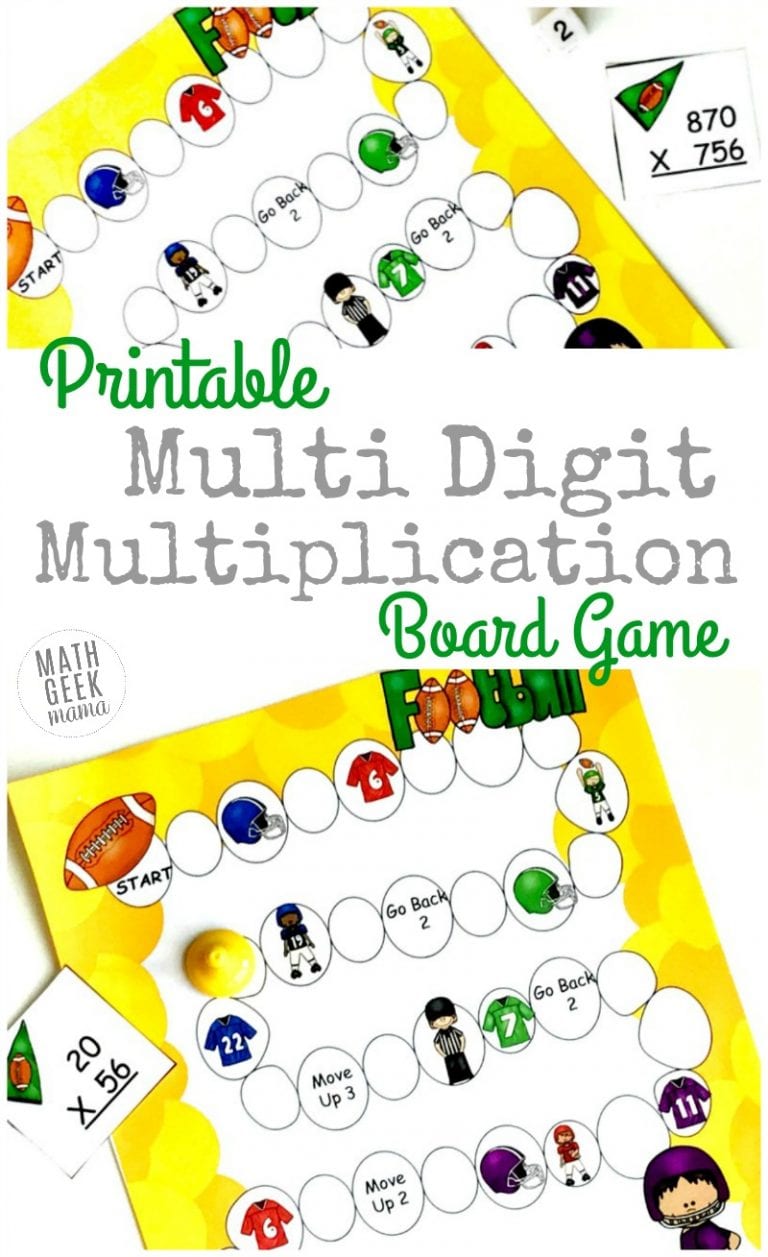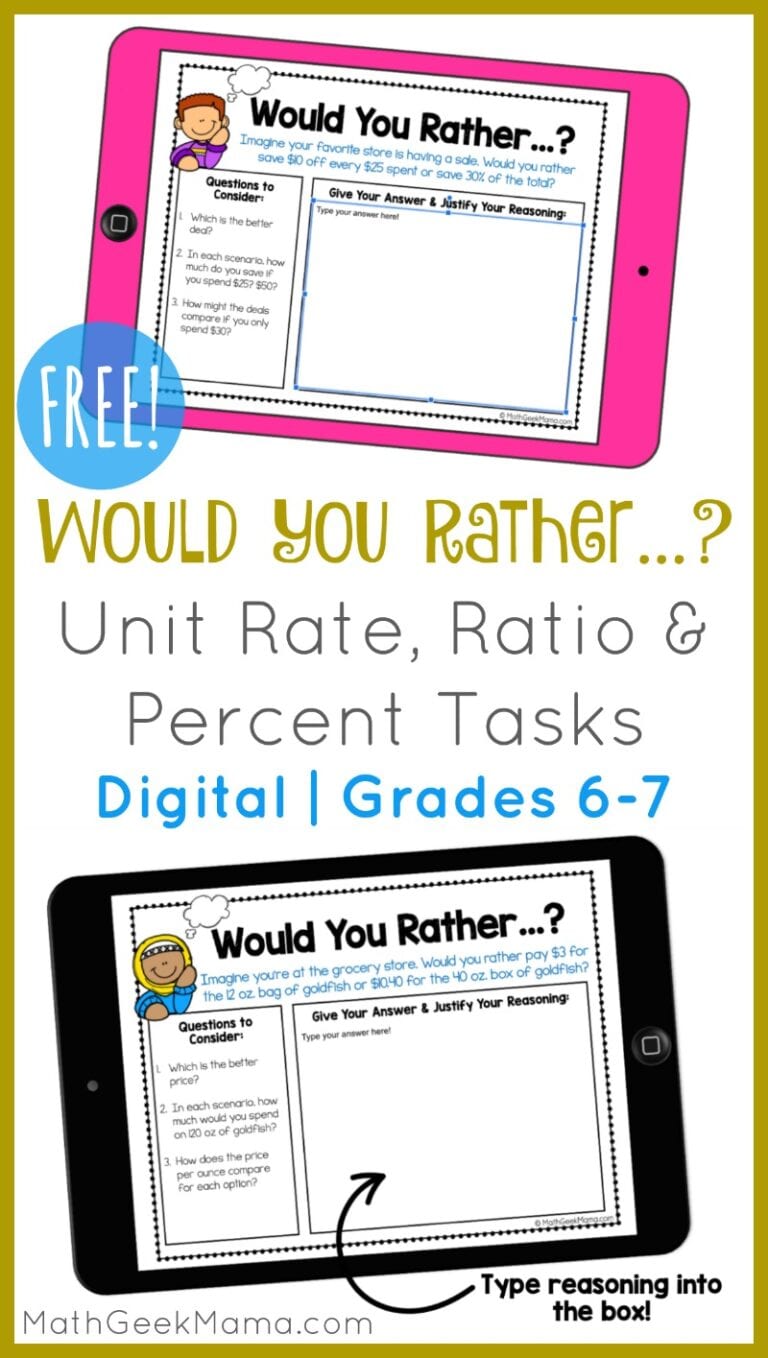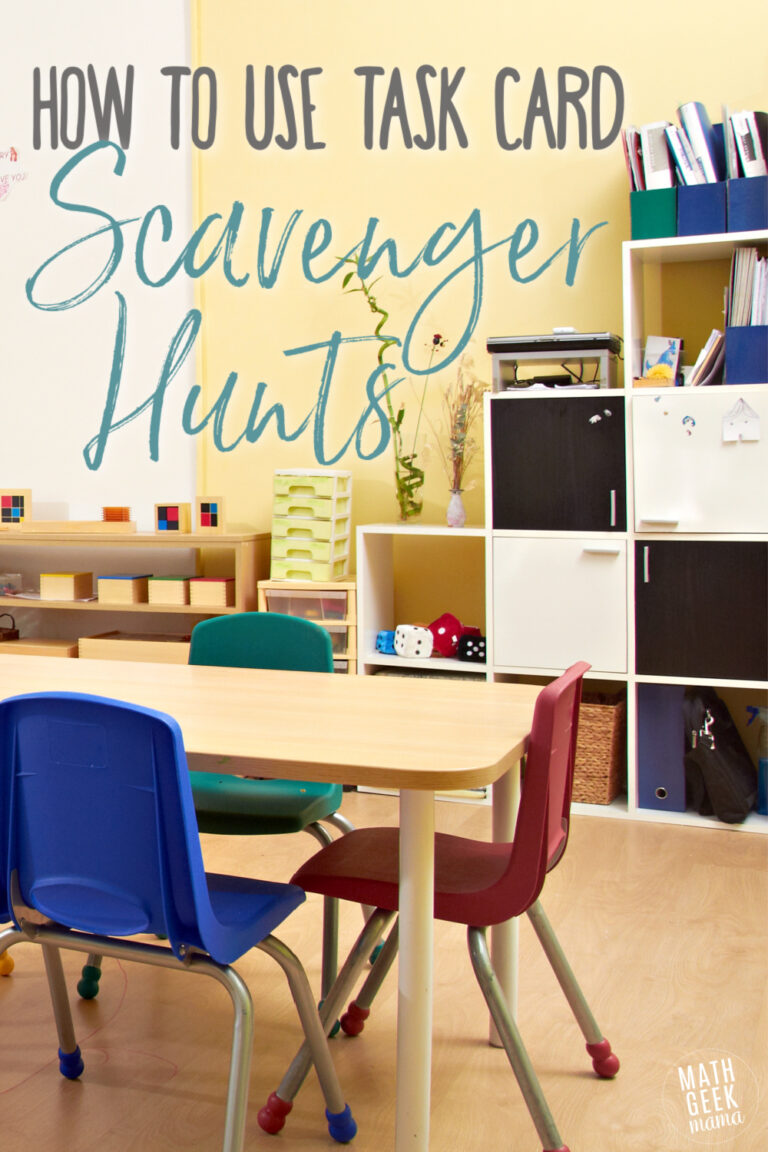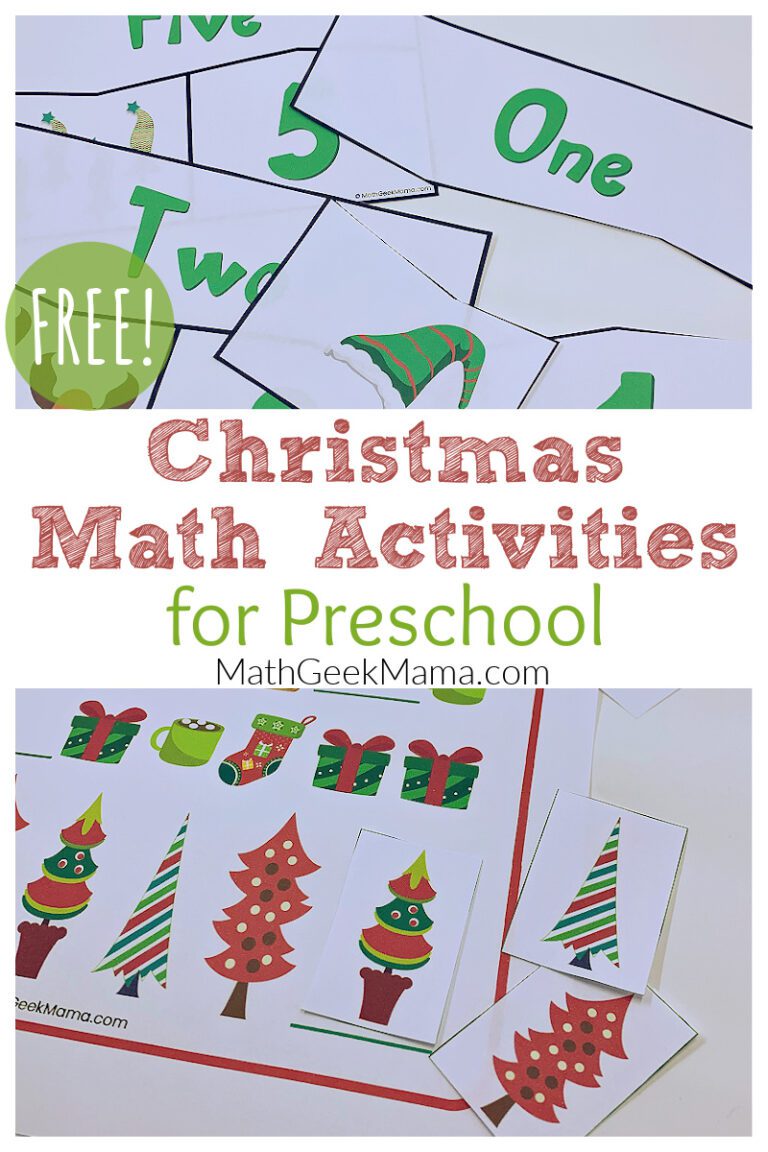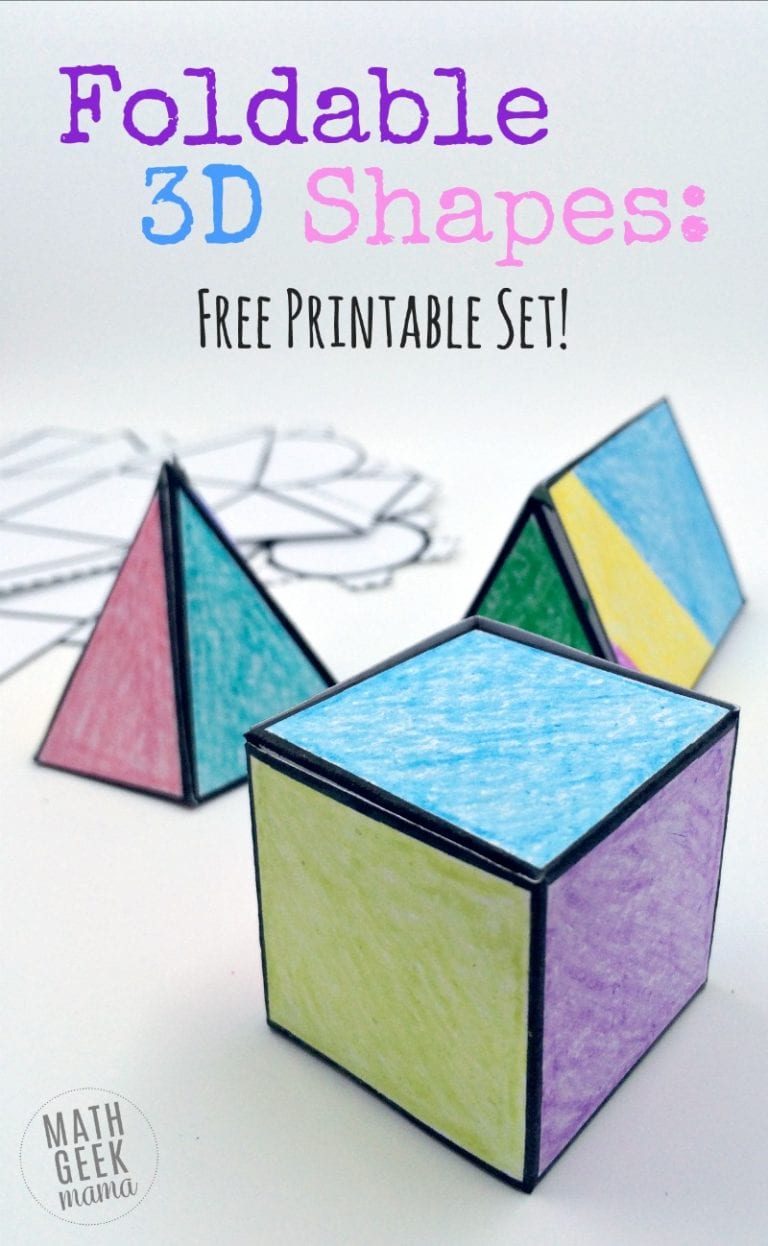{FREE!} What’s My Rule? Function Rules Game – Grades 8-9
Are you looking for a fun way to introduce functions? This simple function rules game will help students understand functions, function rules and how the rule relates to a table.
A lot of times, pre-algebra or algebra textbooks begin exploring functions by telling students that functions are rules that determine an output from a given input. Then it shows you how to create a function table with a given rule. Then students practice. When I was preparing to explore functions with my 8th and 9th graders, I wanted to give them a more open-ended challenge to help them think about and make sense of functions on their own before we used formal math language or tables. And so I created this very simple game called, “What’s my rule?”
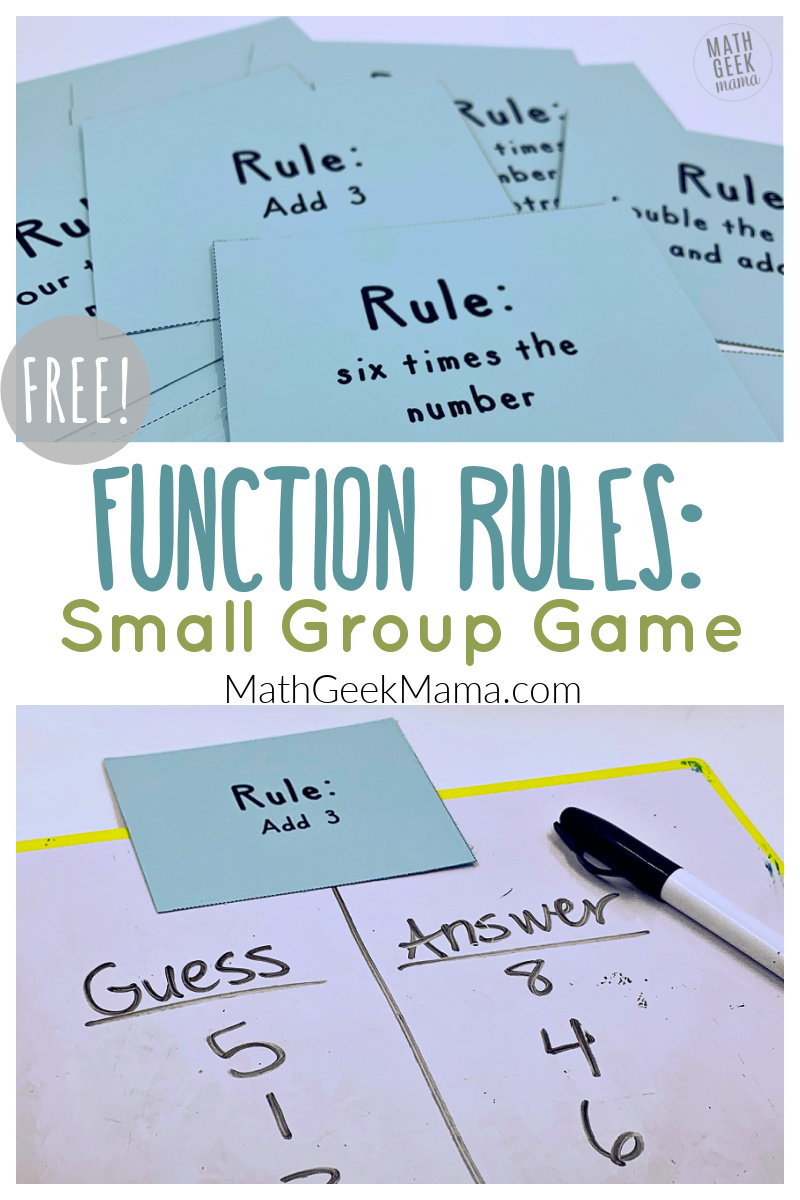
Understanding Functions & Function Rules
You can read directions for the game below, but basically the idea of the game is for one partner to guess different inputs (x-values) while the other partner tells them the outputs (y-values) based on the secret rule.
The object of the game is for the first player to try and figure out the rule (the function).
I had a couple of goals in mind by giving this to my students to play.
First, I wanted them to think about and make sense of inputs and outputs and how they might keep track of that information.
I did not give instructions on how to create a function table. I simply gave them a white board and encouraged them to keep track of their guesses and answers. Some students tried to play without keeping track, but quickly realized they needed to keep their information organized in some way so they could look for patterns (i.e. the function rule).
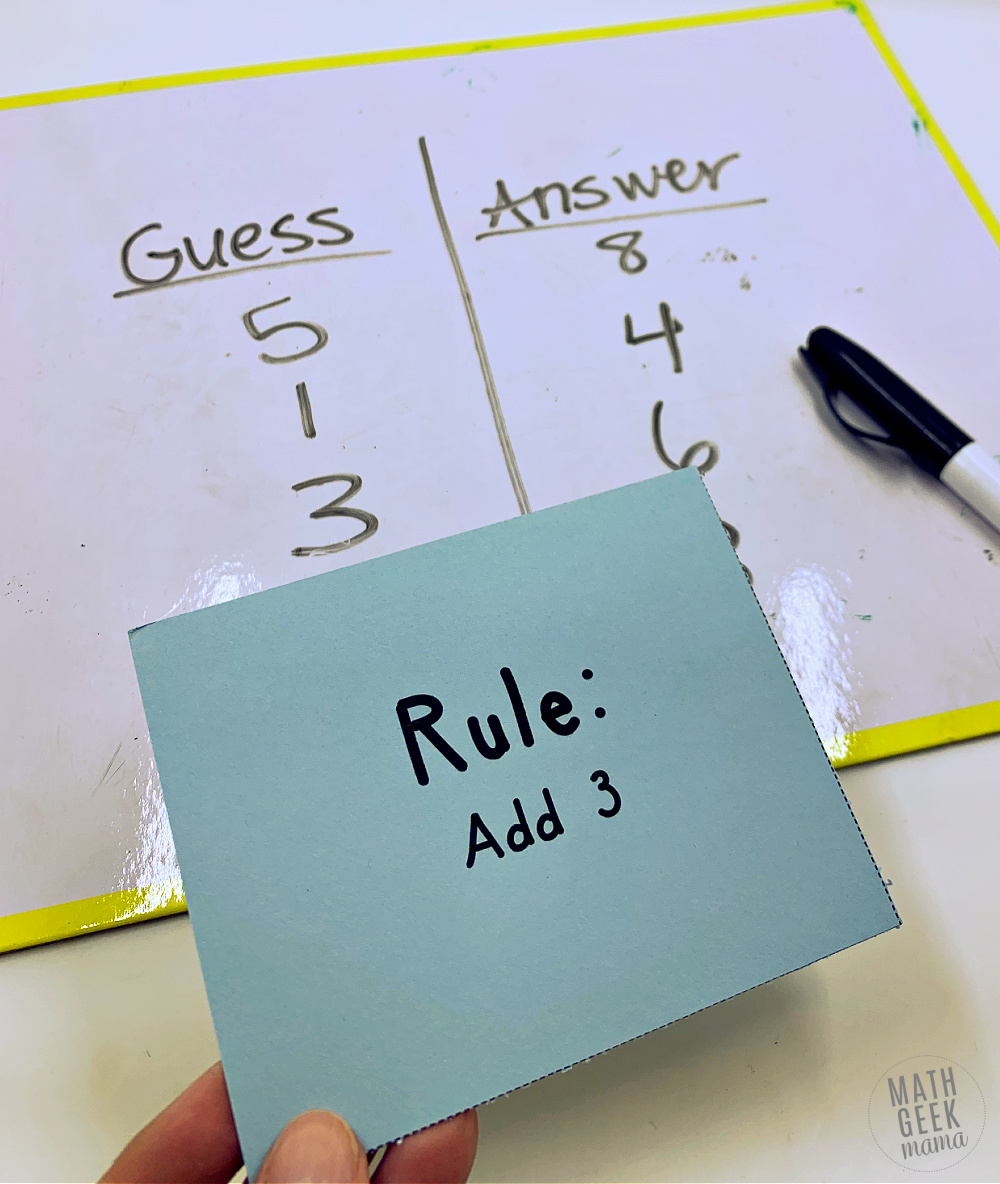
Second, I wanted students to begin to make sense of how a function rule determines the output for a given input, that the inputs might change, but the rule does not change, and that order of operations matters.
If they can see function rules in action, they are more likely to internalize what they are and how to use them with given inputs to find outputs.
It was also my hope that this would provide a foundation or help them see the relationship between a linear equation and it’s table and graph.
Writing a function rule (or linear equation) given a description, table or graph can be an incredibly abstract and challenging concept, especially if we just ask kids to jump right to writing equations.
My hope was that this playful game would help bridge the gap from concrete to abstract.
So let’s start playing!
Love this idea? This game was originally created for Math Geek Mama+ members. If you want instant access to games like this and so much more, check it out today!
LEARN MORE ABOUT MATH GEEK MAMA+ HERE!
What’s My Rule? Function Rules Game:
Materials Needed for Each Pair/Small Group:
- Set of ‘rule’ cards (I printed on colored card stock paper)
- Small white board & dry erase marker (or scrap paper & pencil)
- Calculator (optional)
How to Play What’s My Rule?:
First, one player chooses a ‘rule’ card and does not show the others.
The other players then choose ‘input’ or ‘start’ values to see what happens to it with the given rule.
The player with the rule card then applies the rule to their number and tells them the ‘output’ or ‘result.’
The player(s) trying to guess the rule keep offering input values (keeping track of the inputs/outputs on their white board) until they are able to correctly guess the rule.
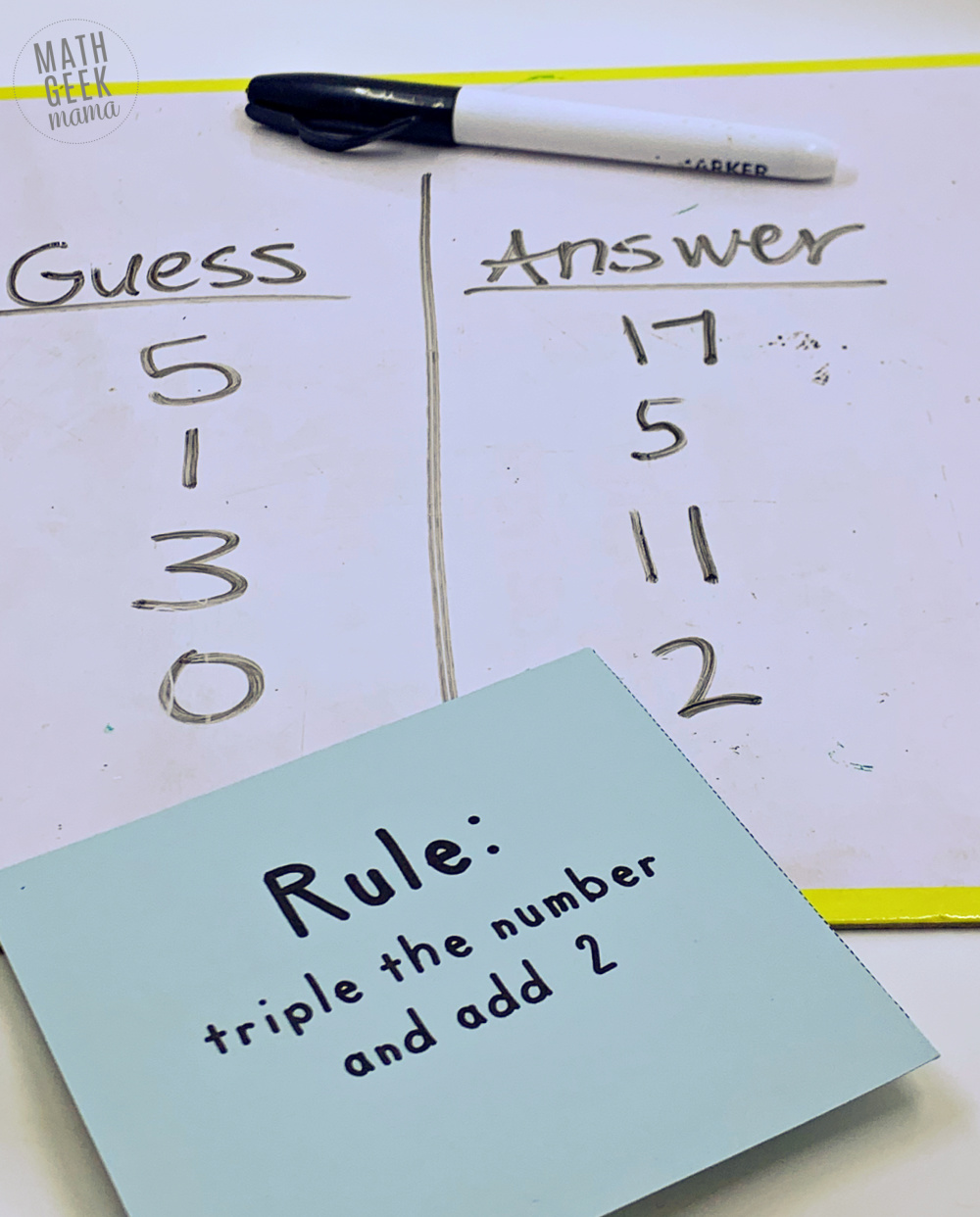
The game really is very simple, but can definitely be confusing to start. I highly recommend you choose a rule and act this out with the whole class before you put them into small groups.
So it might look like this:
1. You choose the rule “Add 3”
2. Invite students to provide a ‘start’ number (you don’t need to use function language such as ‘input’ or ‘x-value’ yet)
3. Let’s say they choose 10. You then tell them, “Ok the result after using my rule is 13.”
4. Keep track of their inputs/outputs on the board in some way so they can see and remember what has already been done (or better yet, ask a student to keep track at the front of the room so everyone can see), and ask for another start value.
5. Let’s say this time they choose 8. You then tell them, “This time the result after using my rule is 11.”
At this point (because ‘add 3’ is a pretty easy rule to spot), students will probably guess that the rule is ‘add 3.’
You may way to caution them of a few things, however, before letting them loose to play on their own.
1. The rule does not change. It has to work for every single start/result pair that comes up in the round, otherwise they’ve not found the correct rule.
2. They can pick ANY number for their start values. Encourage them to try out values such as ‘0’ or negative numbers, especially if they are feeling stuck.
3. Make sure students know that there can be more than one step in the rule, such as “multiply by 2 then add 10”
Once students understand the object of the game and how to play, give each small group a set of materials and let them play. If students are having trouble finding the result (or you don’t want them bogged down in computations), allow them to use a calculator (if they provide the wrong output value, no one will be able to determine the rule).
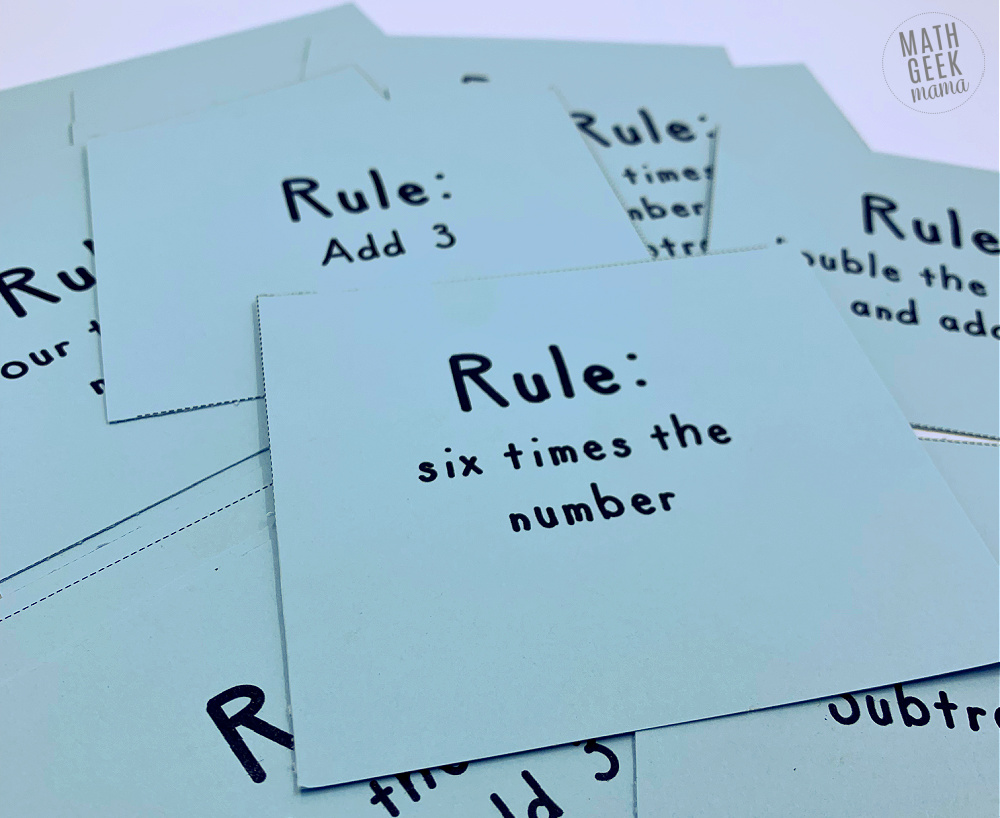
If students want to keep score or are very competitive, the student who correctly guesses a rule keeps that card. Whoever has guessed the most rules correctly when time’s up, wins.
While students play, wander throughout the class listening to their choices, their conversations, the rule guesses, etc. Step in if you notice a student not correctly using the rule & address it.
Or if you hear a particularly insightful comment/idea, share & celebrate that.
Once it’s time to stop, spend a few moments unpacking the function rules game with your class.
- What did they notice as they played?
- What strategies did they use to try and guess the rule?
- How did they keep track of their start/result values and why?
- What was the most challenging rule to guess? What was the easiest?
I hope this provides a meaningful challenge for your students and gives them a fun way to think about functions, function rules and how they relate to inputs, outputs and tables.
Want to try this out with your students? Click the link below to go to my shop & grab it for FREE!
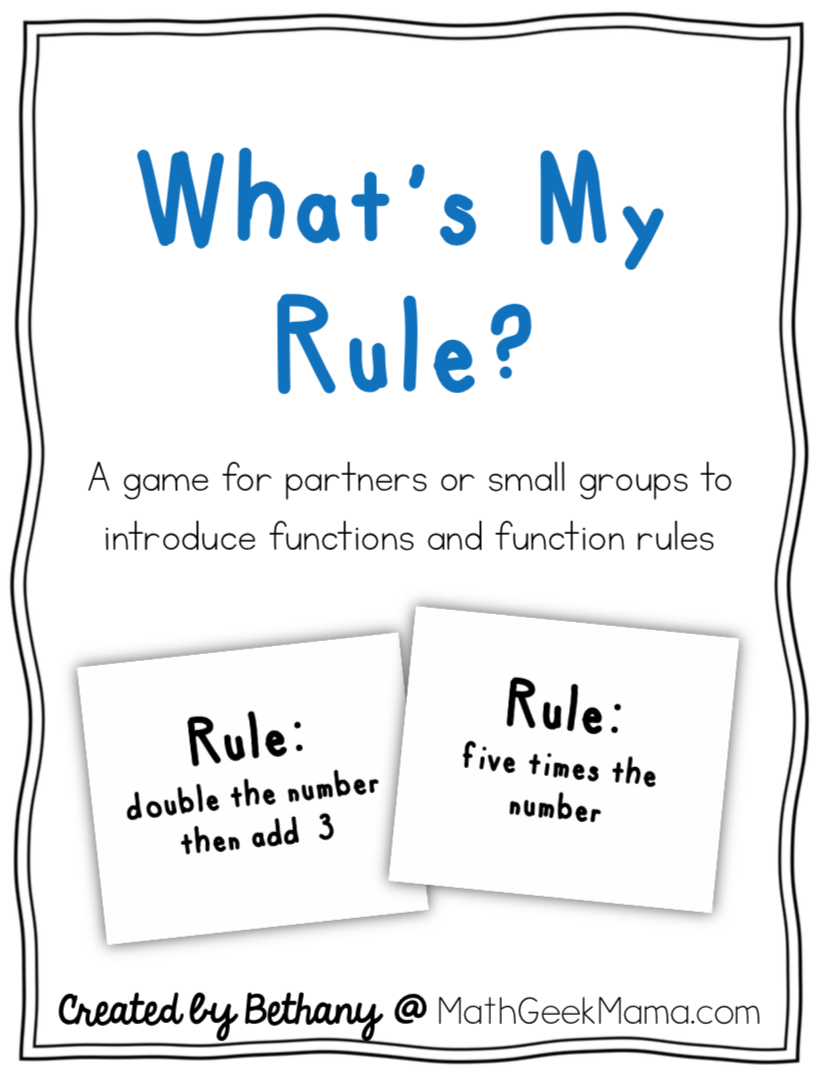
{Click HERE to go to my shop & grab the FREE Function Rules Game for 8th Grade!}
Looking for more middle school resources? Try this additional freebies:



